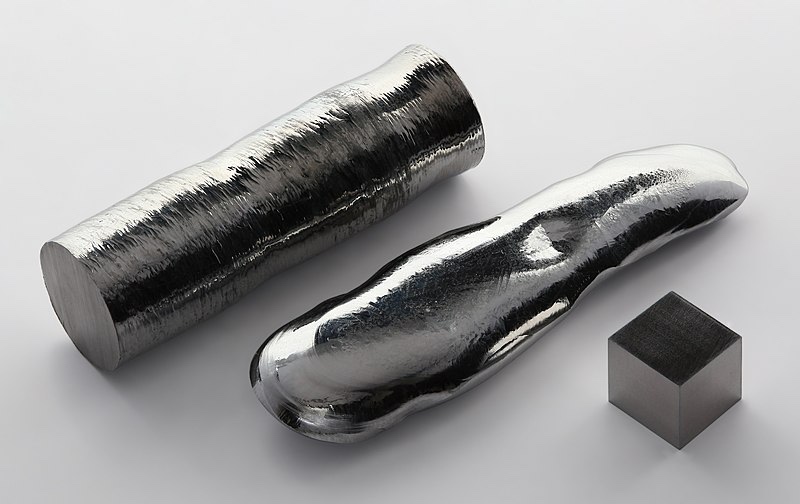Rhenium, the last of the stable elements to be discovered, is one of the scarcest elements in the Earth’s crust. It has the highest melting point of any metal aside from tungsten, as well as the highest boiling point of any stable element; finally, it’s the fourth-densest element. Its rarity and unique properties make it an extremely sought-after — and pricey — commodity, used most often in the manufacture of jet engines. Increasingly, rhenium is also in-demand for rocket and missile propulsion systems.

The Defense Advanced Research Projects Agency (DARPA), one of the U.S. federal government’s oldest and most influential R&D organizations, has awarded a Direct to Phase II Small Business Innovation Research (SBIR) contract to Elementum 3D, so that the latter organization can develop an additive manufacturing (AM) method for rhenium applications. The same qualities that make the metal so valuable also make it a challenge to manipulate via conventional metallurgical techniques. Rhenium’s high melting point renders it especially expensive to work with, and also causes it to be quite susceptible to work hardening. As such, the metal is almost always used as an alloy with other metals, mainly tungsten and nickel. One of the main purposes of the grant DARPA has awarded to Elementum is to develop solutions using rhenium as a base, rather than just as an alloy.
The SBIR program is a U.S. Small Business Administration (SBA) grant program that doles out about $2.5 billion a year to fund R&D by small businesses. The largest share of the money ($1 billion) is, unsurprisingly, spent by the Department of Defense, with the remaining $1.5 billion going to institutions such as the National Institute of Health (NIH) and the Department of Agriculture. SBIR Phase II grants are for “up to $1 million, for as many as 2 years”. Companies are awarded Direct to Phase II grants when they demonstrate that they’ve finished Phase I stages with non-SBIR money. This means that Elementum has already documented promising results with the earliest phases of research into 3D-printed rhenium.
Elementum 3D, which specializes in maximizing the repertoire of metal solutions available for the AM sector — especially for laser powder bed fusion (LPBF) 3D-printing — has received SBIR funding on at least three other projects. The company received Phase I funding from NASA for a project completed in 2020: a hot-fire test of a metal 3D-printed fuel injector, in collaboration with Masten Space Systems. Elementum later received two Phase I contracts, in 2021; one was again from NASA, to develop AM techniques for soft magnetic materials. The other came from the U.S. Navy, to develop modeling frameworks for 3D-printed metal alloys.
A part of Elementum’s latest, Phase II contract, with DARPA, is that the latter organization — assuming it likes the results — may offer Elementum a contract to scale up the testing for eventual commercial 3D-printing of rhenium. This is the latest in a series of moves by U.S. military and intelligence investment funds to influence markets for 3D-printing materials, especially metals. As I noted the other day, that could be a signal that the AM sector as a whole is on the cusp of both scaling up and consolidating. It’s of course too soon to say whether either of those things turn out to be the case, but a variety of other factors, also primarily geopolitical, hint in that direction as well.